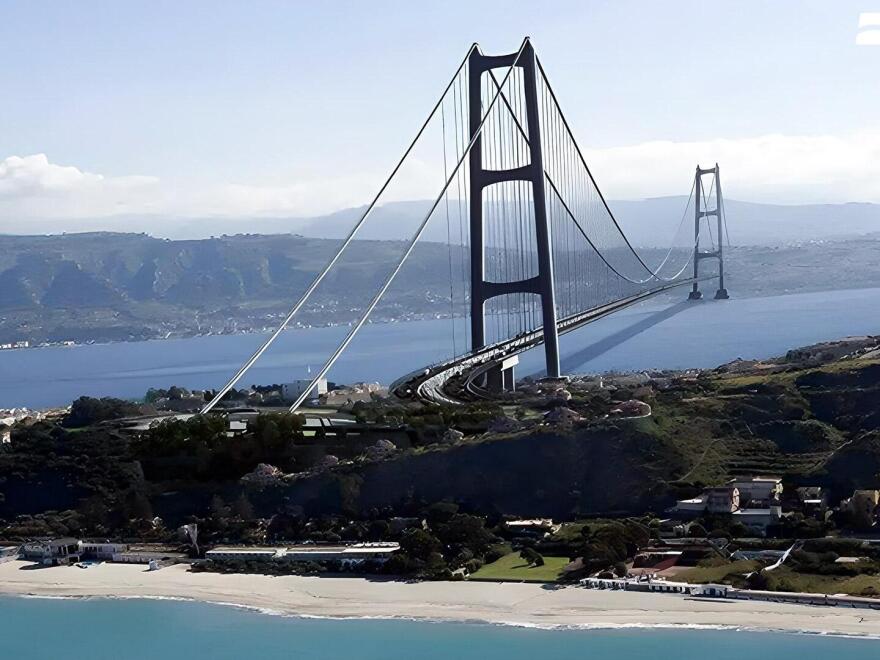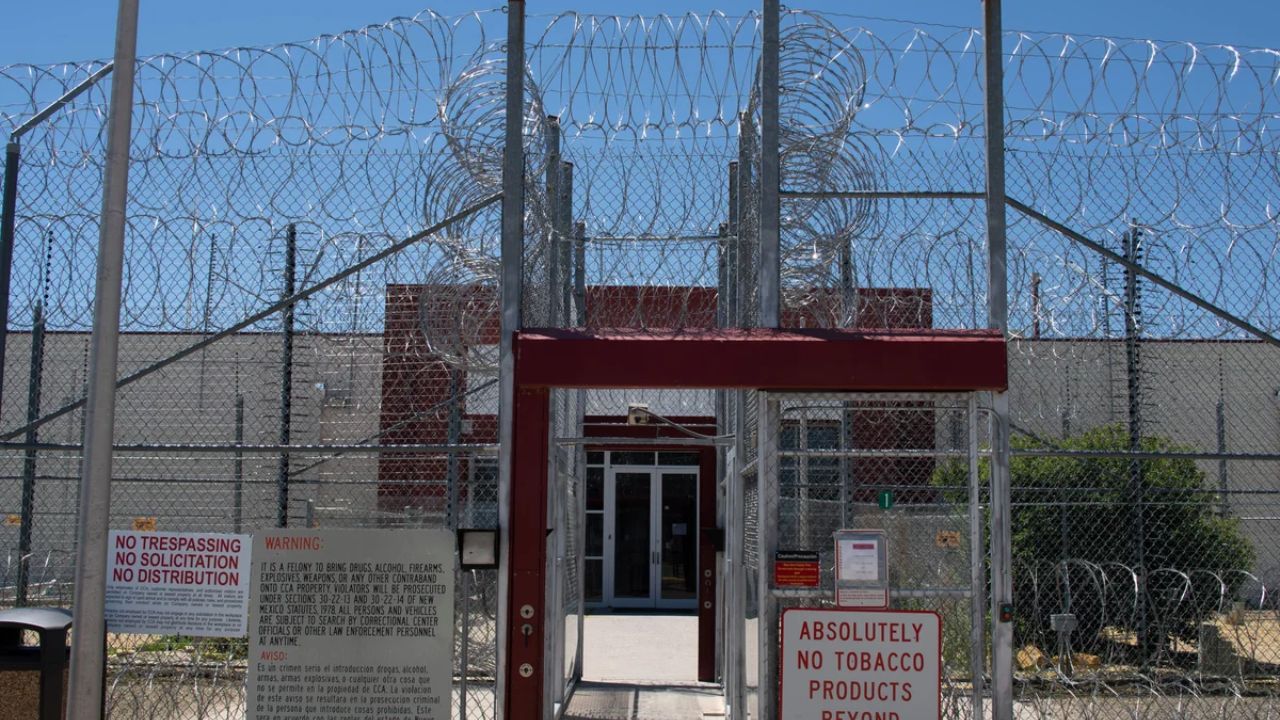This week, the Italian government approved the start of construction on what it claims would be the longest single-span suspension bridge in the world.
Over a 2-mile distance, the Strait of Messina Bridge would link Sicily with the rest of Italy. According to Italy’s Presidency of the Council of Ministers, the entire 13.5 billion euro ($15.7 billion) cost would come from public funds, which have already been included in the budget for 2024 and 2025.
The project was initially authorized by the government in 1971. Despite numerous cancellations over the years due to financial and logistical issues, it was changed in 2022. It is anticipated that construction will start in May 2026 and finish in 2032.
“The Strait of Messina Bridge project’s approval by [the Italian planning committee] CIPESS signals the beginning of a new era of vision, bravery, and faith in the potential of Italian industry and the entire infrastructure sector,” stated Pietro Salini, CEO of Webuild, one of the construction companies.
How feasible is it?
There is a lot of seismic activity near the bridge. However, there is precedent for successful bridges in nations that are prone to earthquakes, according to Lamya Amleh, a structural engineering expert at Toronto Metropolitan University. She cites Japan, which frequently and effectively constructs significant bridges, like the Akashi Kaikyo Bridge, which is regarded by the Japanese tourism authority as one of the world’s longest suspension bridges.The world’s longest suspension bridge, the Anakkale Bridge, was built in Turkey in 1915.
“The risk doesn’t go away, but it can be managed,” Amleh stated. “It just needs to be taken seriously throughout the design and construction process, throughout the bridge’s life cycle.”
According to Amleh, some expansion joints may be able to absorb seismic activity and heat produced during bridge movement, while fiber-reinforced polymers may be helpful in some components to reduce weight and prevent corrosion.
“It’s not just about strength, it’s about how they perform over decades,” Amleh stated.
What could go wrong?
In addition to earthquakes, builders must take corrosion and wind into account.
“With the salty air, materials will degrade faster, so durability and maintenance have to be built into the plan,” Amleh stated.
According to Webuild, the building materials have undergone extensive testing and are capable of withstanding wind gusts of up to 181 mph. According to the corporation, the local speed limit has never been higher than 89 mph.
But that’s not all. Another problem is local resistance, as opposition neighbors have launched a movement known as “No Ponte,” or “no bridge.” According to The Italian Insider, they contend that the money ought to be allocated to urgently needed infrastructure projects.
The bridge has been the subject of a great deal of stop-and-start activity, including numerous cancellations, alterations, and lengthy pauses between significant milestones like selecting the designers.
According to Webuild, the most current environmental impact assessment, which the EU has mandated for significant developments, found the site to be stable and sound. A venture’s potential effects on people, cultural heritage, land, soil, water, and other elements are assessed in the report.
According to Webuild, the most recent report is better than earlier versions since it now incorporates reforestation plans and additional safeguards for nearby rivers.
According to Amleh, if all goes according to plan, building a bridge that size may take eight to ten years, and if not, it could take fifteen or more.
What could go right?
According to Amleh, southern Italy might experience great wealth if the bridge is completed.
Over 100,000 workers will be employed for the project, and construction will account for almost 40% of the total cost. According to Webuild, the remaining funds will be used to renovate existing parks, quarries, and regions impacted by coastal erosion, as well as to build new roads, train stations, stores, and eateries.
Currently, a ferry connects mainland Reggio Calabria with Messinain, Sicily, across the strait. Three lanes will be available for both train tracks and automobile traffic in each direction on the bridge. According to Webuild, it could manage up to 6,000 vehicles per hour and 200 trains each day.
Copyright 2025 NPR






